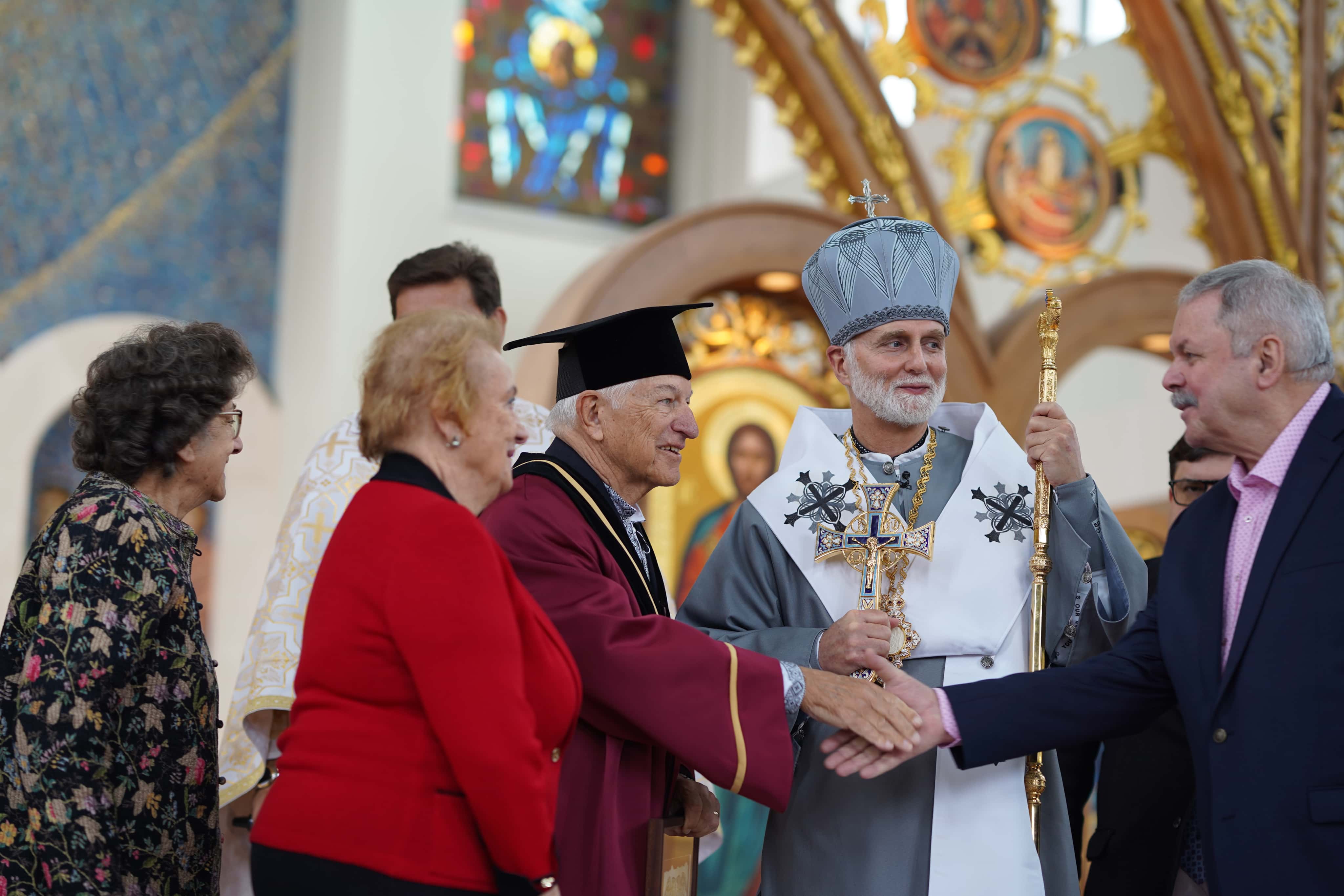- Reporting and benefit events 2024
- Archeparchy
- Our faith
- Offices and ministries
- News
- Events
- Parishes
- Youth Protection
The Liturgy of St. Basil the Great
The Liturgy of St. Basil the Great is a form of the Divine Liturgy that is celebrated on specific days in the liturgical year. It is named after Basil of Caesarea, a 4th-century bishop and theologian who is considered one of the Three Holy Hierarchs of the Church.
The Liturgy of St. Basil is a more elaborate and penitential service than the more common Liturgy of St. John Chrysostom. It is celebrated on 10 days of the year, including the following:
- January 1 (the feast of St. Basil)
- The eves of Christmas and Theophany
- The first five Sundays of Great Lent
- Holy Thursday
- Holy Saturday
The Liturgy of St. Basil is divided into two main parts: the synaxis (or gathering) and the anaphora (or eucharistic prayer). The synaxis begins with the entrance of the clergy and the singing of hymns. The anaphora is the central part of the Liturgy, and it is during this time that the bread and wine are consecrated and become the Body and Blood of Christ.
The Liturgy of St. Basil is a beautiful and prayerful service that is a reminder of the great love that God has for us. It is a time for us to come together as a community to give thanks to God for His many blessings, and to ask for His forgiveness and mercy.




